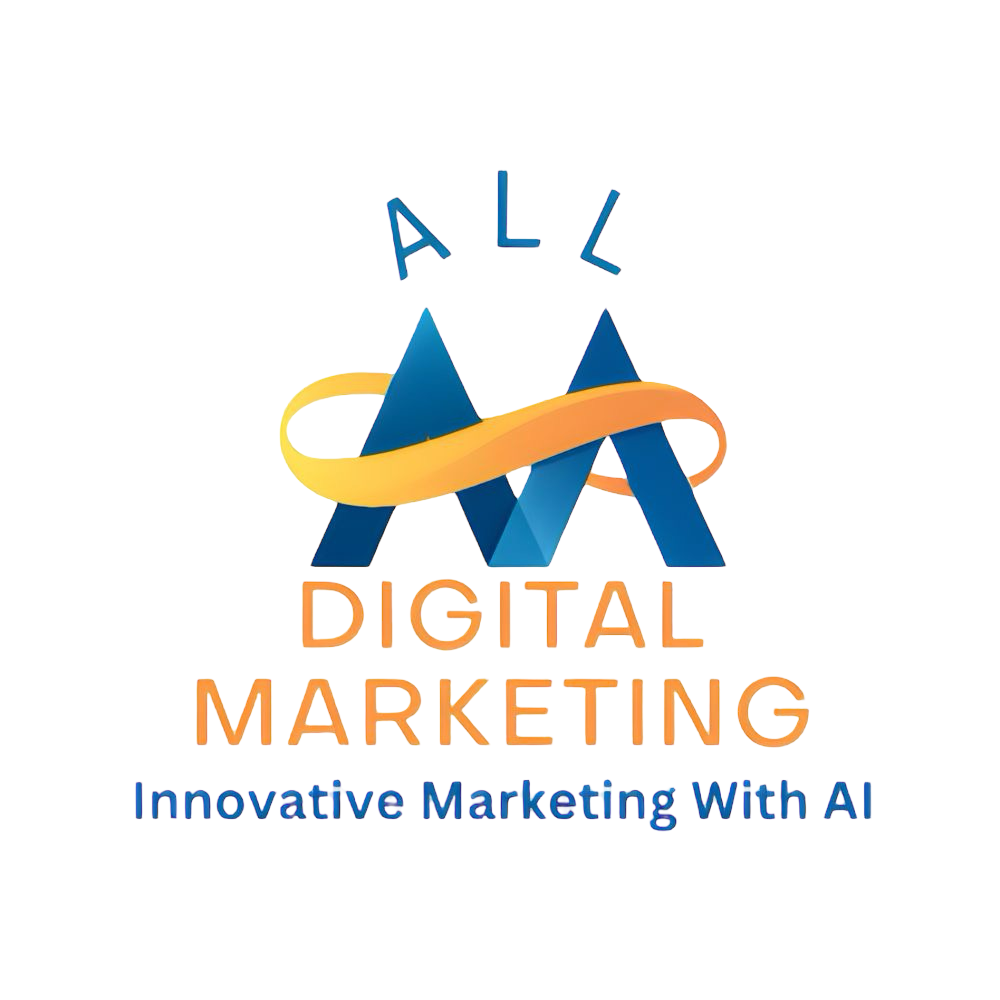Unleash the full growth potential of your advertising campaigns by mastering the art of paid ad creative strategy . Whether you're just starting or scaling a multimillion-dollar business, this guide dives deep into expert insights for allocating budgets, creating winning ad variations, and building trust through compelling proof. Get ready to elevate your ROAS and turn your advertising efforts into scalable success.

Introduction to Paid Ad Creative Strategy: Unlocking Growth Potential
-
Understanding the importance of creative strategy in paid ads: Creative strategy is the backbone of any successful ad campaign, determining how effectively your message captivates and converts your audience.
-
Common obstacles businesses face when scaling paid ads: Many businesses struggle with diminishing returns despite increasing spend, mainly due to low ad trust and ineffective creative iteration.
-
Overview of expert insights from industry leaders: Alex Hormozi of Acquisition.com shares proven tactics for optimizing ad creatives and budget to squeeze maximum value.
What You'll Learn
-
How to optimize paid ad creative strategy across various business sizes
-
Effective budget allocation techniques for high-performing campaigns
-
Proven tactics to markedly increase your return on ad spend (ROAS)
-
The critical role of proof and trust in advertising success
-
Leveraging retargeting and audience segmentation for scalable results
Core Principles of a Successful Paid Ad Creative Strategy
-
Focus on the first 3 seconds of your ads to capture attention: Alex Hormozi emphasizes, "Look at the top 5% of your ads and model the first 3 seconds across your campaigns to squeeze more value out of your winners." Capturing attention immediately is essential to reduce ad fatigue and improve engagement.
-
Repurpose and reskin winning ads to maximize ROI: Instead of continuously creating new concepts, adapt your top-performing ads in new ways to extend their effectiveness.
-
Balance between proven ad formats and experimental creatives: While consistency is key, allocate some budget to testing wild ideas that might uncover unexpected winners.
-
Use customer pain points as hooks in ad messaging: Authenticity in addressing real problems your audience faces builds connection and motivates action.
-
Incorporate authentic proof and testimonials to build trust: Potential customers trust evidence over promises — leverage testimonials, case studies, and live endorsements.

Creative digital marketer planning engaging ad content focusing on the first 3 seconds for higher impact.
Budget Allocation Strategies for Paid Ad Campaigns
|
|
|
Effective Budget Allocation in Paid Ad Creative Strategy |
|
Budget Portion |
Focus Area |
Description |
|---|---|---|
|
70% |
Core Winning Ads |
Invest majority of budget on proven top-performing ads to ensure steady ROI. |
|
20% |
Adjacent Variations |
Test variations similar to winners to expand reach and optimize performance. |
|
10% |
Experimental Creatives |
Allocate for wild ideas and new concepts to discover future winners and stay innovative. |
According to Alex Hormozi, "Spend 70% of your time and budget on your main winning ad, 20% on adjacent ideas, and 10% on wild experiments."
Leveraging Proof and Trust to Enhance Paid Ad Creative Strategy
-
Why proof is more powerful than promises in advertising: Consumers have become skeptical of flashy claims; proof bridges credibility gaps effectively.
-
Types of proof: Include testimonials, detailed case studies, and live endorsements to communicate authenticity.
-
How to create compelling proof that resonates: Showcase relatable customers, specific outcomes, and credible endorsements tailored to your target audience.
-
Avoiding loss of trust: Always maintain authenticity and transparency. Do not exaggerate or fabricate results; Alex advises, "You only lose trust in the marketplace when you say something that isn't true. Focus on proof, not just promises."

Creative Strategy Adaptations for Different Business Models
Local Businesses and Lead Generation
-
Lead ads with compelling offers: Use attractive low-cost or free offers to generate quality leads locally.
-
Sales funnels with effective filters: Implement qualification steps to ensure leads meet your ideal client profile, balancing cost and quality.
-
Introductory services: Offer low-risk entry points to build trust and convert prospects into customers.
National and Brand-Conscious Businesses
-
Brand building and value-first content: Focus on creating content that nurtures brand awareness and loyalty.
-
User-generated content and client testimonials: Leverage authentic voices to establish social proof at scale.
-
Retargeting campaigns: Use segmented audiences to nurture potential buyers and maximize conversions.

Optimizing Paid Ad Creative Strategy with Retargeting and Audience Segmentation
-
Tracking pixels installation: Deploy pixels on all platforms to gather accurate visitor behavior data.
-
Audience creation: Develop lookalike and custom audiences from existing customer lists to expand reach effectively.
-
Retargeting for higher conversion: Re-engage visitors with tailored ads to push them down the funnel and improve ROAS.
-
Behavioral segmentation: Segment audiences based on engagement levels and customer journey stages for personalized messaging.

Common Mistakes and How to Avoid Them in Paid Ad Creative Strategy
-
Neglecting regular testing and iteration: Stagnant creatives diminish returns quickly; continuous refresh is mandatory.
-
Poor budget allocation: Misallocating funds can starve winning ads or waste money on ineffective experiments.
-
Overcomplicating funnels: Avoid friction unrelated to qualification, which can deter quality leads.
-
Ignoring the power of authentic proof: Omitting credible social validation reduces trust and conversions.
Actionable Tips to Enhance Your Paid Ad Creative Strategy
-
Analyze top-performing ads and replicate successful elements across campaigns.
-
Continuously produce and test multiple variations of winning ads to increase their lifespan and effect.
-
Use customer pain points as emotional hooks that resonate with your audience.
-
Incorporate video sales letters (VSLs) to improve lead quality and engagement.
-
Bundle products or services to boost average order values and customer lifetime value.
Alex Hormozi advises, "When you have a winning ad, run it way longer and harder in many different variations to squeeze maximum value."
Frequently Asked Questions About Paid Ad Creative Strategy
-
How do I identify the best performing ad creatives? Focus on metrics like CTR, conversion rates, and ROAS; study the top 5% winners and analyze their first 3 seconds and messaging.
-
What is the ideal budget split for testing new ads? A 70/20/10 split is recommended—70% core winning ads, 20% similar variations, and 10% experimental creatives.
-
How can I build trust through my ad creatives? Use authentic proof such as customer testimonials, case studies, and transparent results rather than just promises.
-
What role does retargeting play in scaling paid ads? Retargeting captures interested visitors, nurturing them to convert and significantly increases ROAS.
-
How often should I refresh my ad creatives? Refresh creatives regularly based on performance data and market changes—typically every few weeks to avoid ad fatigue.
Key Takeaways
-
A strong paid ad creative strategy is essential for scaling campaigns effectively.
-
Allocate 70% of budget to proven winners, 20% to variations, and 10% to experiments for balanced growth.
-
Proof and authentic testimonials are indispensable for building customer trust and enhancing ad performance.
-
Utilize retargeting and audience segmentation to maximize conversion rates and ROAS.
-
Continuous testing and creative iteration drive sustained campaign success.
Conclusion: Elevate Your Paid Ad Creative Strategy Today
-
Implement these expert strategies from Alex Hormozi and Acquisition.com to overcome typical scaling obstacles.
-
Focus on creative quality, smart budget allocation, and leveraging authentic proof to boost your return on ad spend.
-
Leverage retargeting and audience insights to run smarter and more efficient campaigns.
Ready to take your campaigns to the next level? Call us at 207-710-1449 for expert marketing services that increase your business visibility and revenue.
 Add Row
Add Row  Add
Add 








Write A Comment